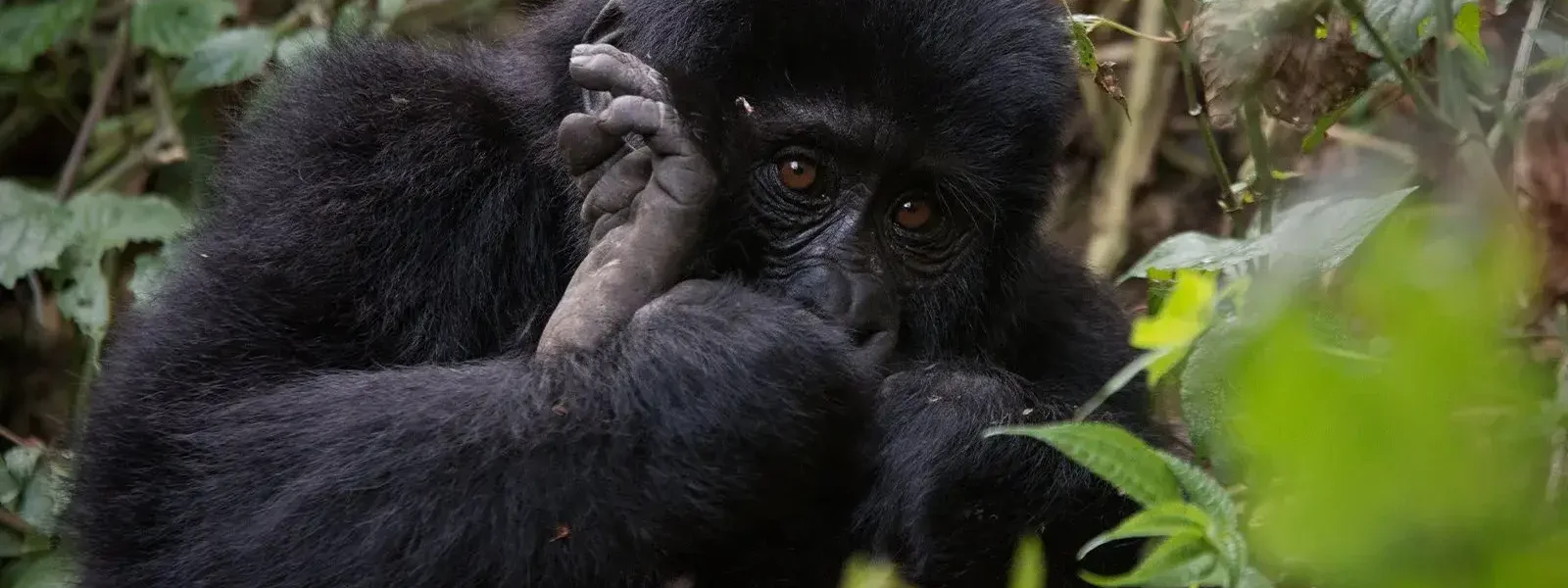Gorilla trekking is best when Bwindi’s trails are not so sodden and there is more sunshine (June to August and December to February). Slippery trails and occasional mist make wildlife viewing more challenging during the wetter months.
Almost everyone who visits Bwindi goes gorilla trekking. This popular activity departs every morning at 8 AM from four different trekking hubs: Buhoma, Ruhija, Nkuringo and Rushaga. Permit numbers are limited and it is advisable to book as far in advance as possible, especially for the peak seasons of June to August and December to February. Bwindi is also a popular destination with bird-watchers and knowledgeable specialist guides are available. Other forest walks and community visits are offered at the various trekking hubs.
At least 10 primate species occur in Bwindi, including mountain gorilla, chimpanzee, olive baboon, black-and-white colobus, red-tailed monkey and L’Hoest’s monkey. The only representative of the Big Five is a population of seldom-seen elephants (DNA analysis of spoor indicates they are mostly critically endangered forest elephants). Bushbuck and various forest duikers can sometimes be spotted. Bwindi has very impressive bird and butterfly checklists. Another special is the 30cm/1ft-long Rwenzori three-horned chameleon, a striking Albertine Rift endemic.
